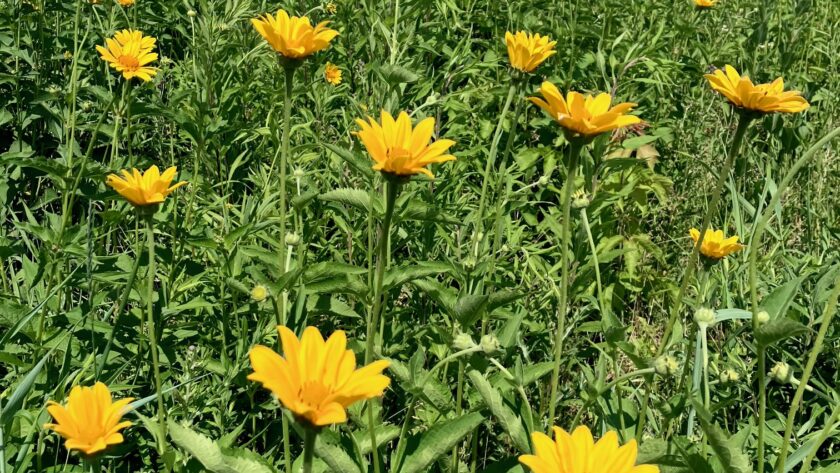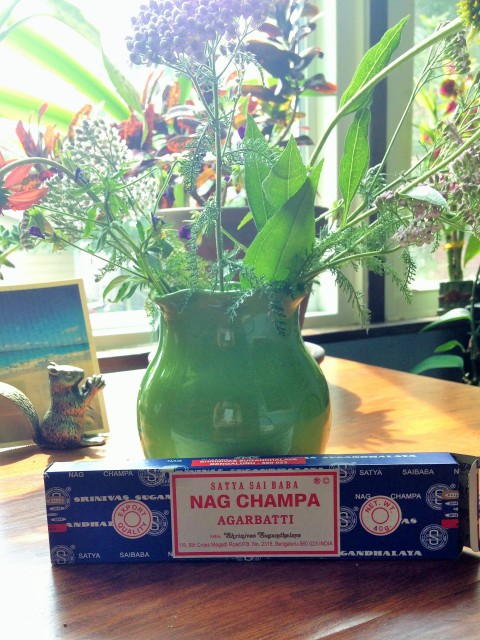Gardens are places where we see cycles of life and interactions between flora, insects, and fauna. Native plants have symbiotic relationships that have evolved over thousands of years to provide for the insects and fungi that thrive in a particular zone and microclimate. All parts interact together in a complex web to sustain the physical environment.
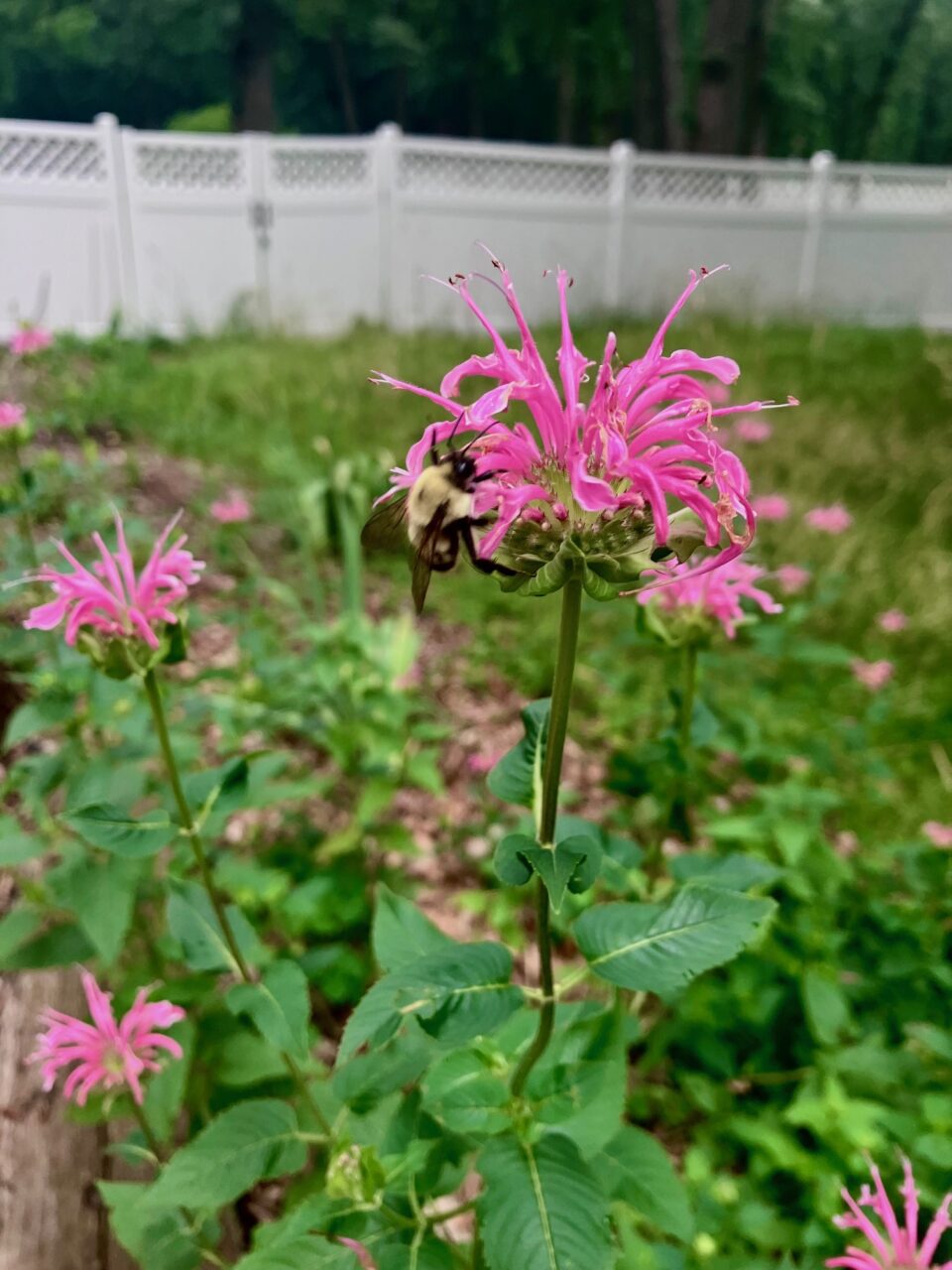
To live sustainably is to garden with natives. Once established, natives often need very little to succeed, as long as they are placed properly. This means using less water and not needing to fertilize.
Step One
The first step is to figure out your microclimate. A microclimate is defined by all the conditions that create an environment in a relatively small area. A corner of your garden may be a different microclimate from another corner based on light, air, and water. Plants have evolved to thrive in certain climates. It will save you much heartache to put the right plant in the right place. Observe the light throughout the day as well as the season. Watch when it rains to see if your soil stays damp or drains freely. Air movement is important too, does it feel breezy or boggy.

Step Two
Use the internet as a tool to help you find the right plants. Prairie Moon Nursery has a fabulous site that provides filters and a plethora of information on native midwest plants. They have seeds, rootstock, and plugs for sale. Missouri Botanic Gardens‘ site has a great plant finder with filters including deer/rabbit resistance, winter interest, and scent. Really helpful if you don’t know exactly what it is out there.
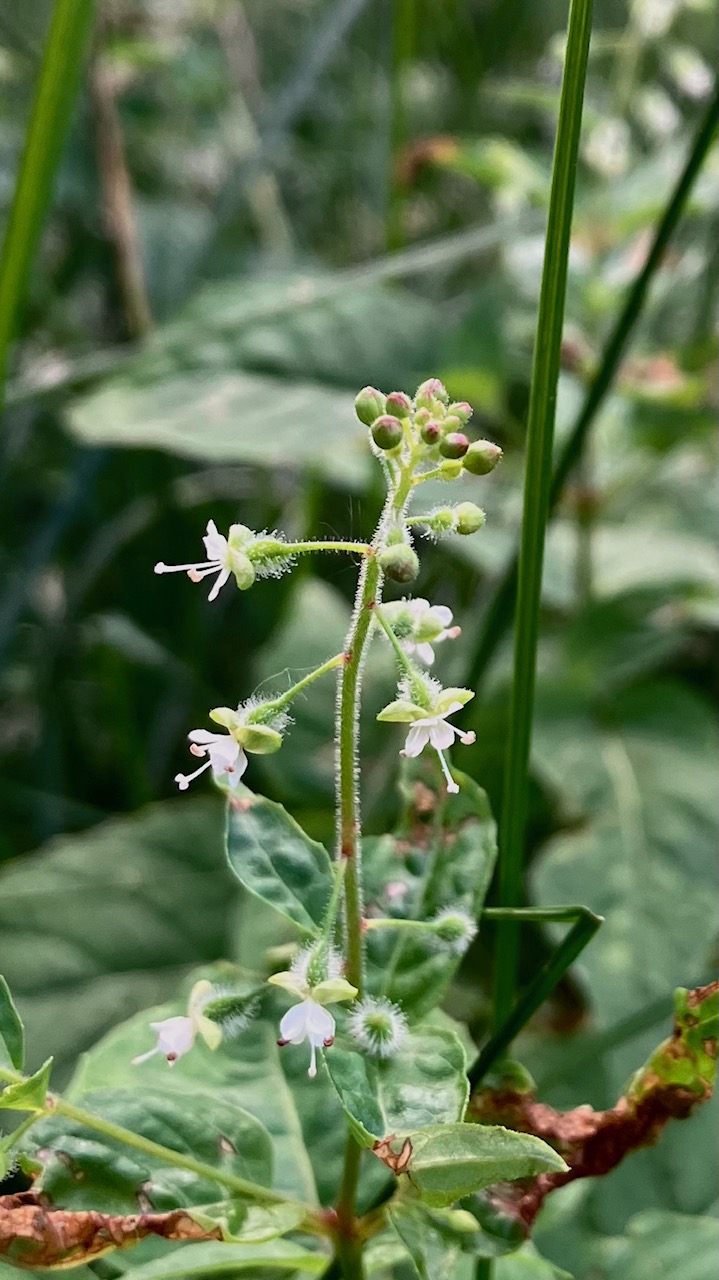
Step Three
Plant at the right time. Some plants are ephemeral and best planted in dormant periods. Some seeds need special stratification for germination to occur. Echinacea, Rudbeckia, Spiderwort, and Columbine are relatively easy to start from seed. Ferns, Sorrel, Michigan Lily, and Wild Hyacinth are better with root stock. Plugs are, of course, the easiest to get started. They take out the germination process and are ready to plant into the garden.
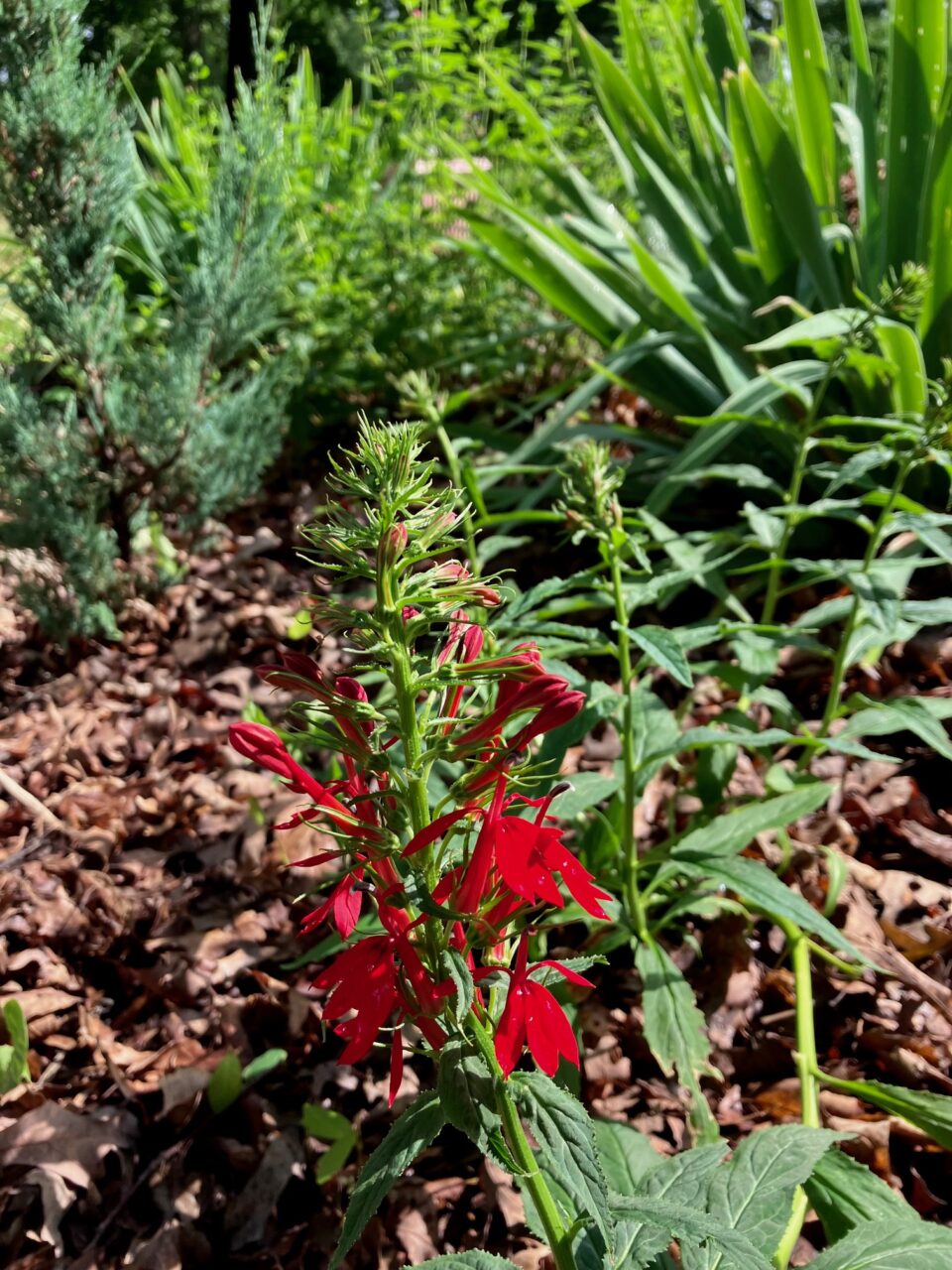
Step Four
Growth takes patience. “Sleep, creep, leap” The first year for any plant is the sleep period where roots are developing. Creep is the second phase. You begin to see them and think “oh yay, how cute!” Third year, you should see a good sized plant entering into maturity. Gardening is a lesson in patience and hope.

As a side note, I want to say that I am not a completely native gardener. I love my perennials and annuals. I have beds of veggies and herbs as well as cut flowers, but the majority of our yard is native, and I love the ease and beauty of it all.
